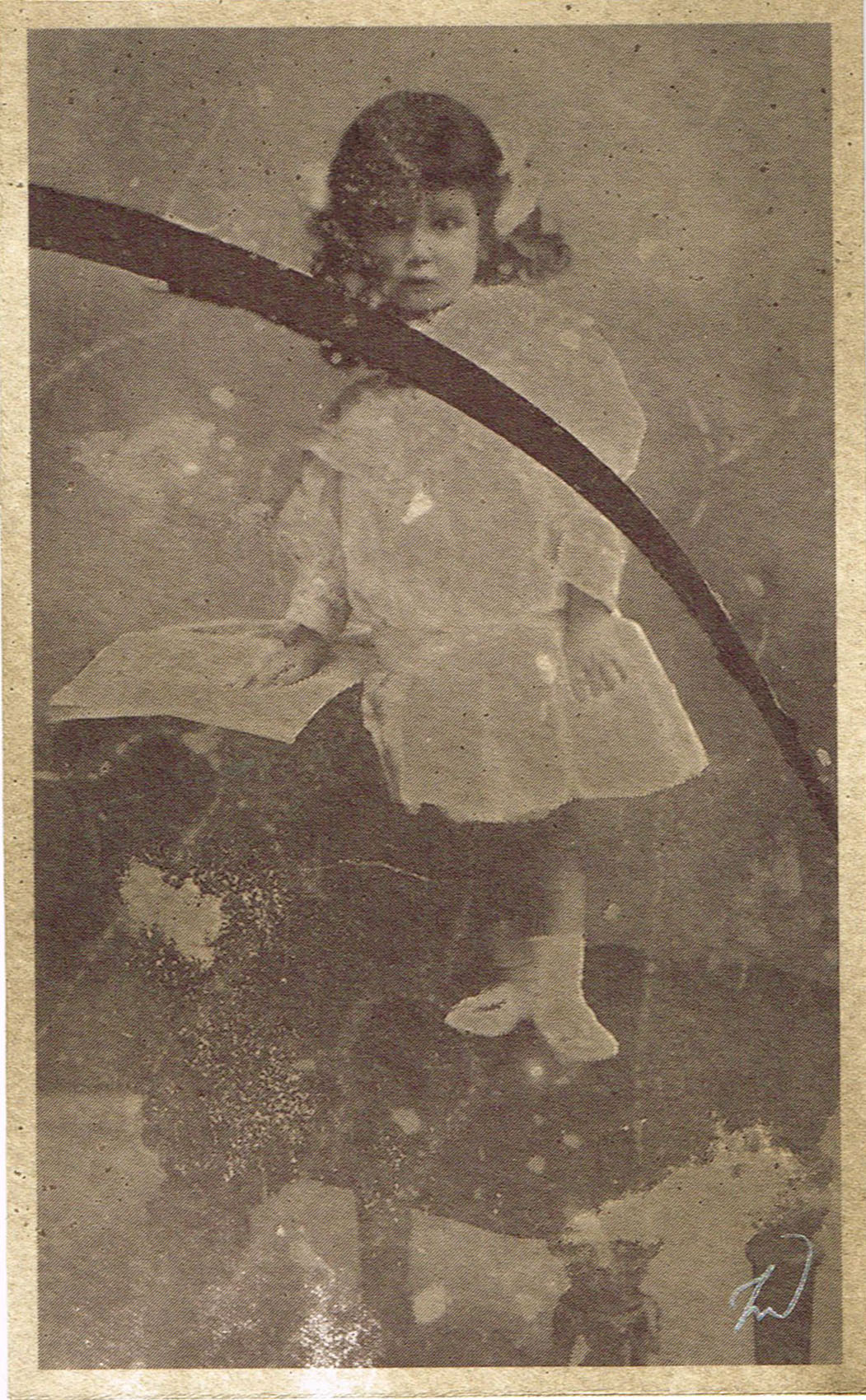
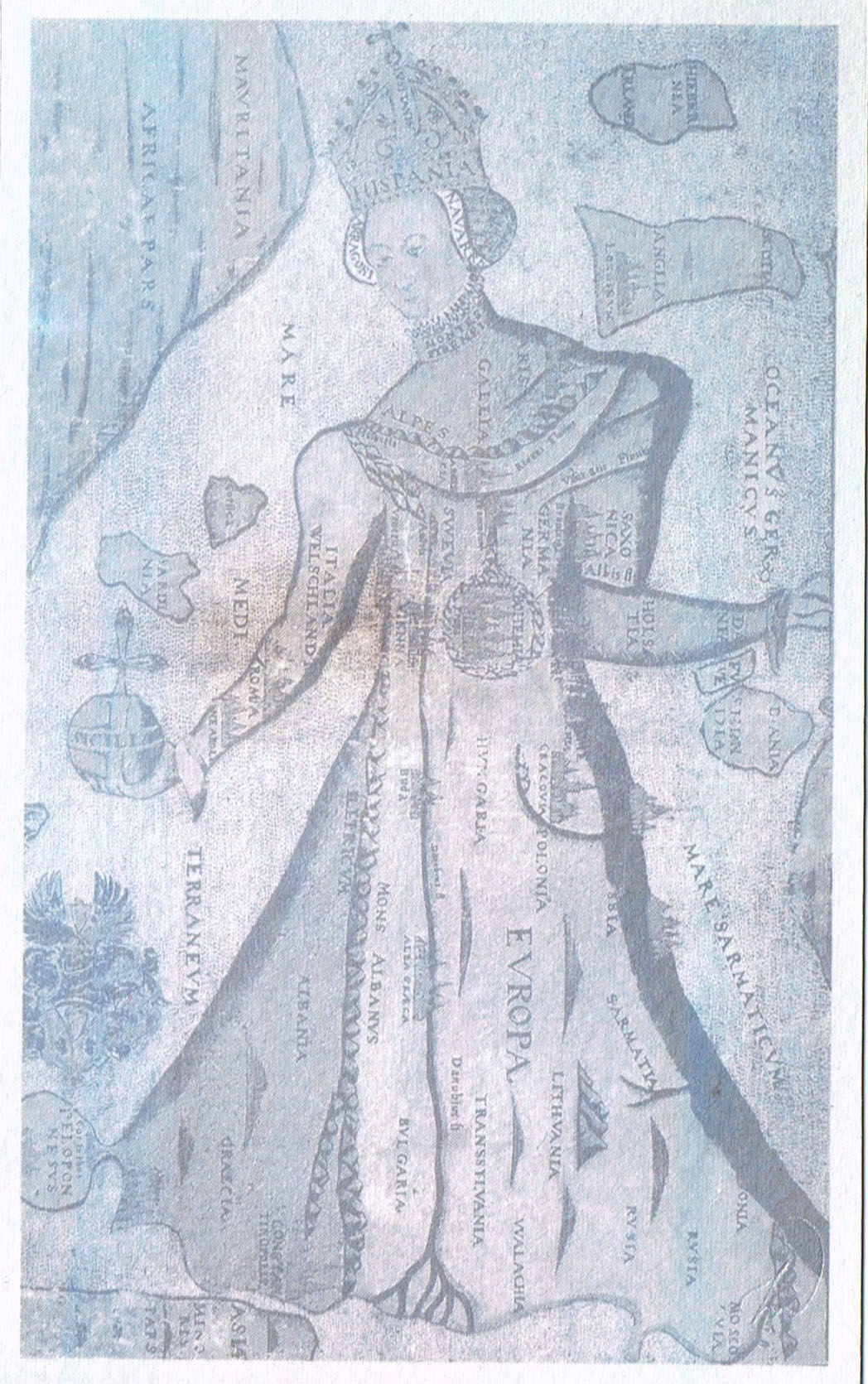
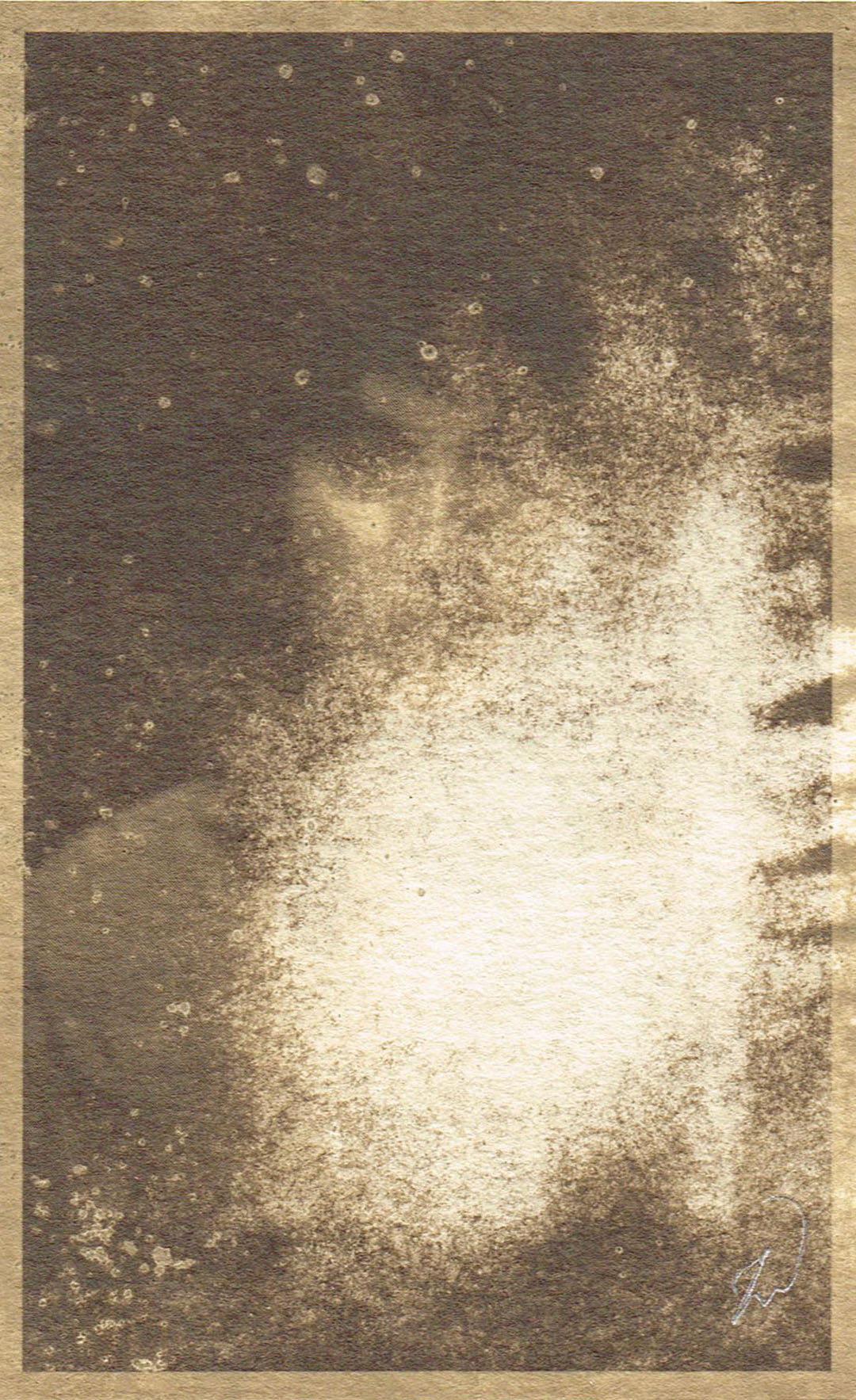
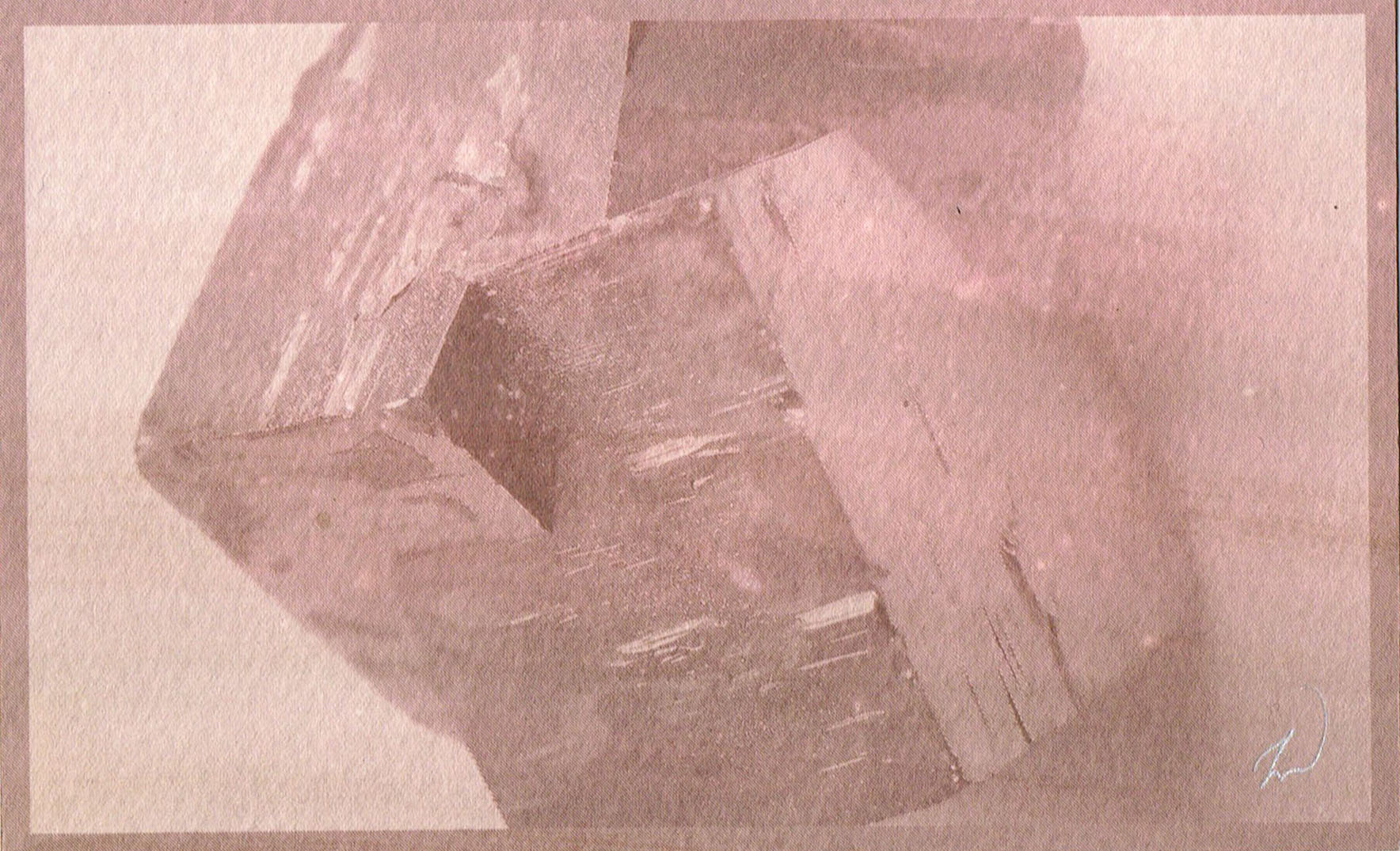
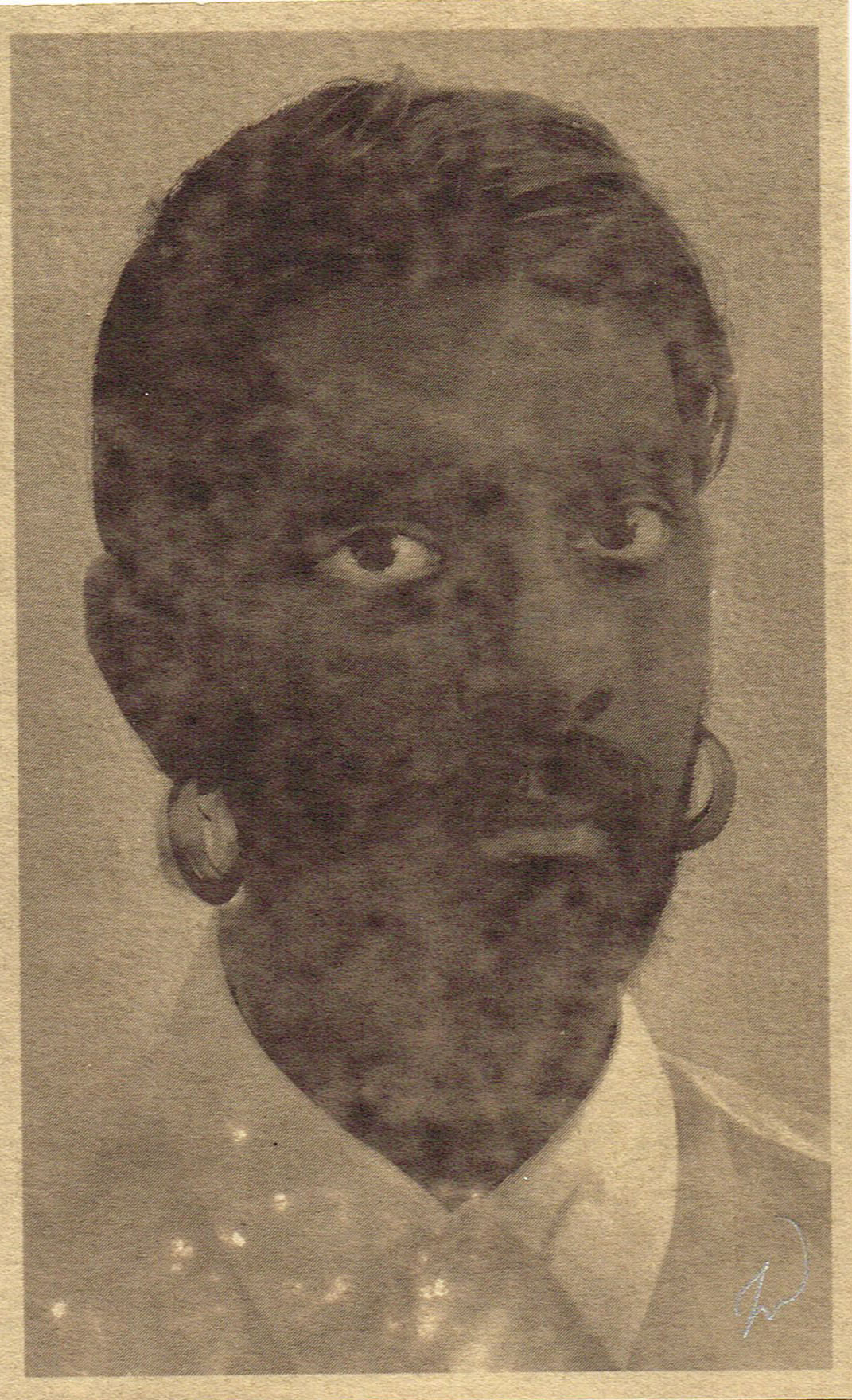
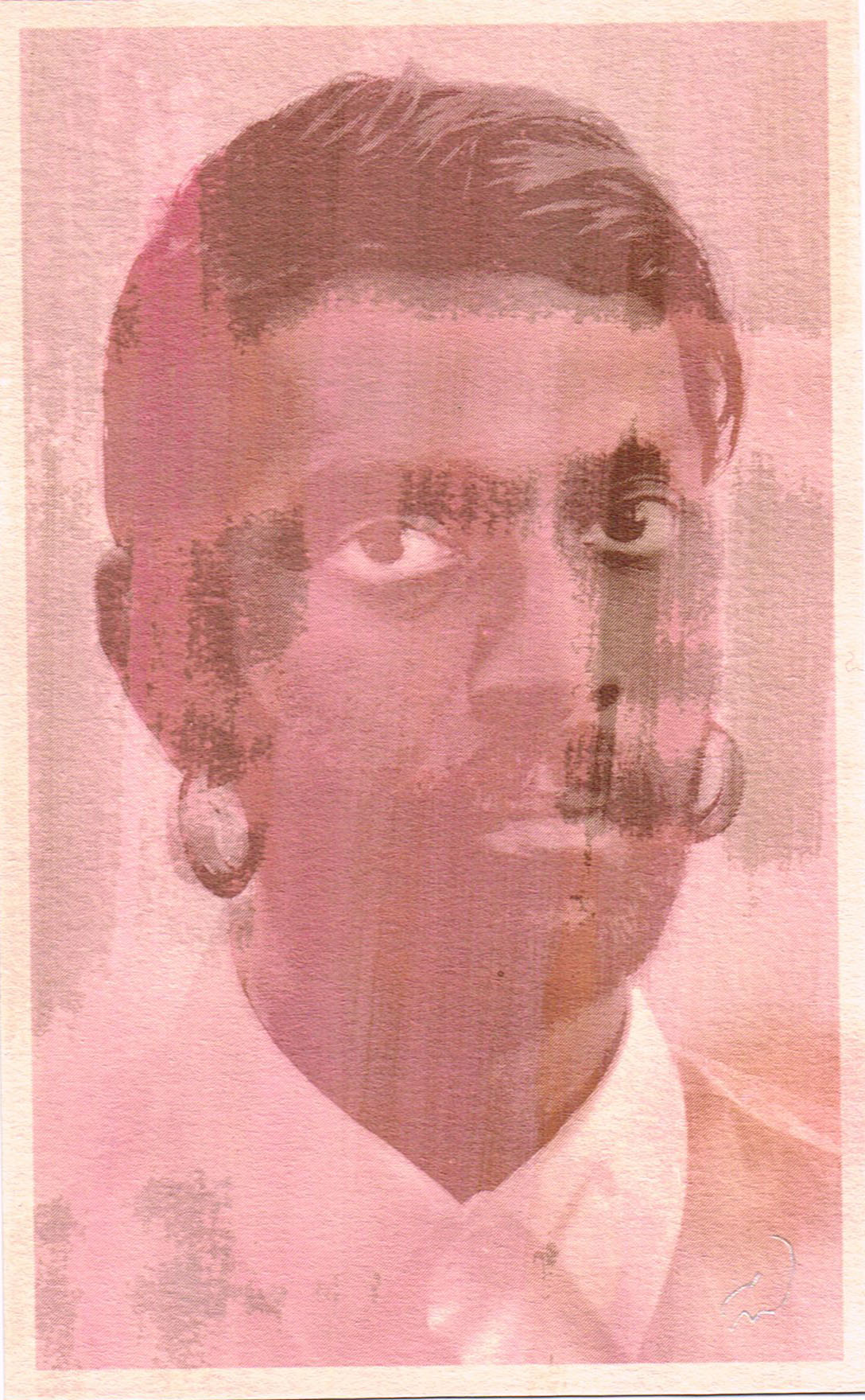
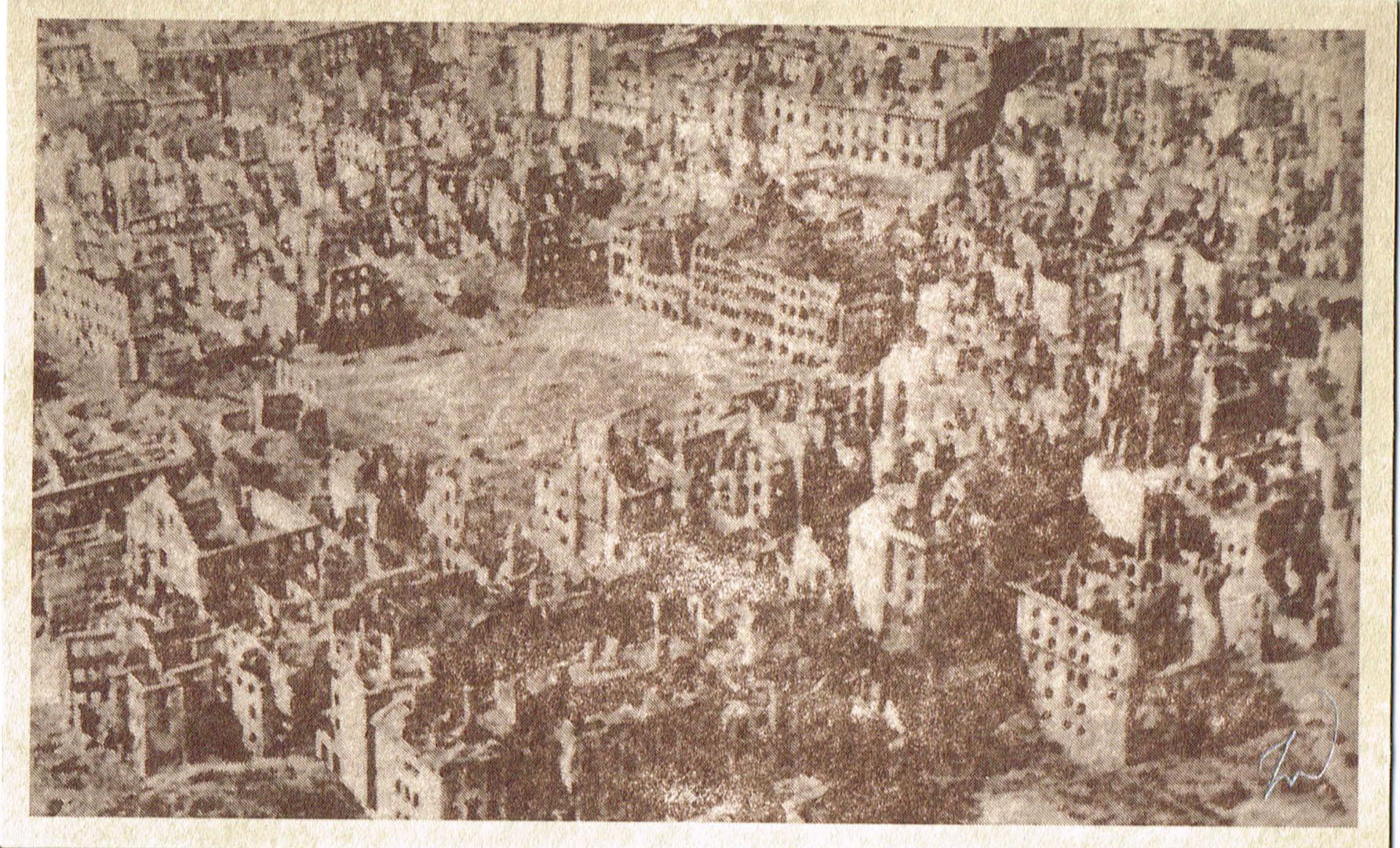
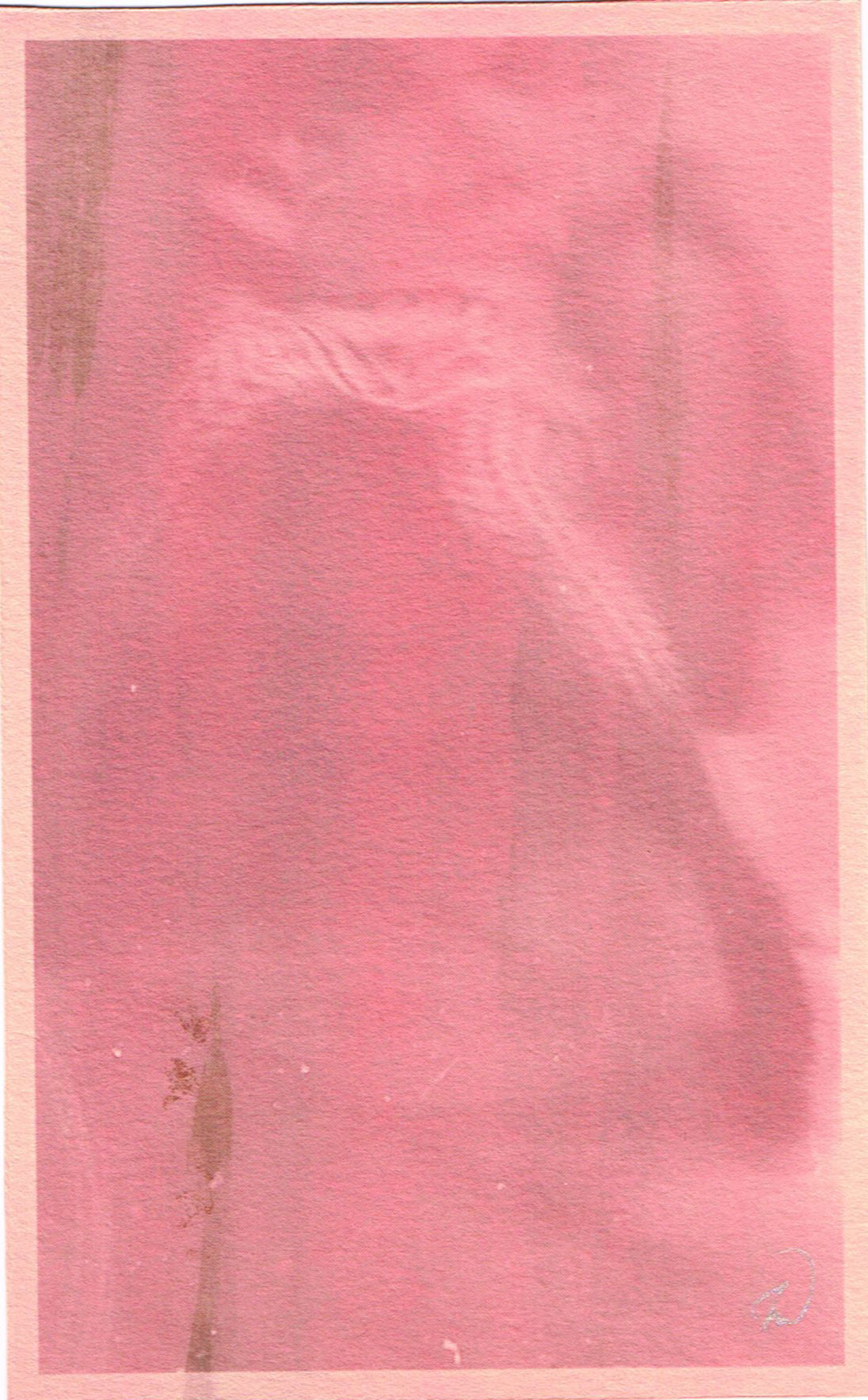
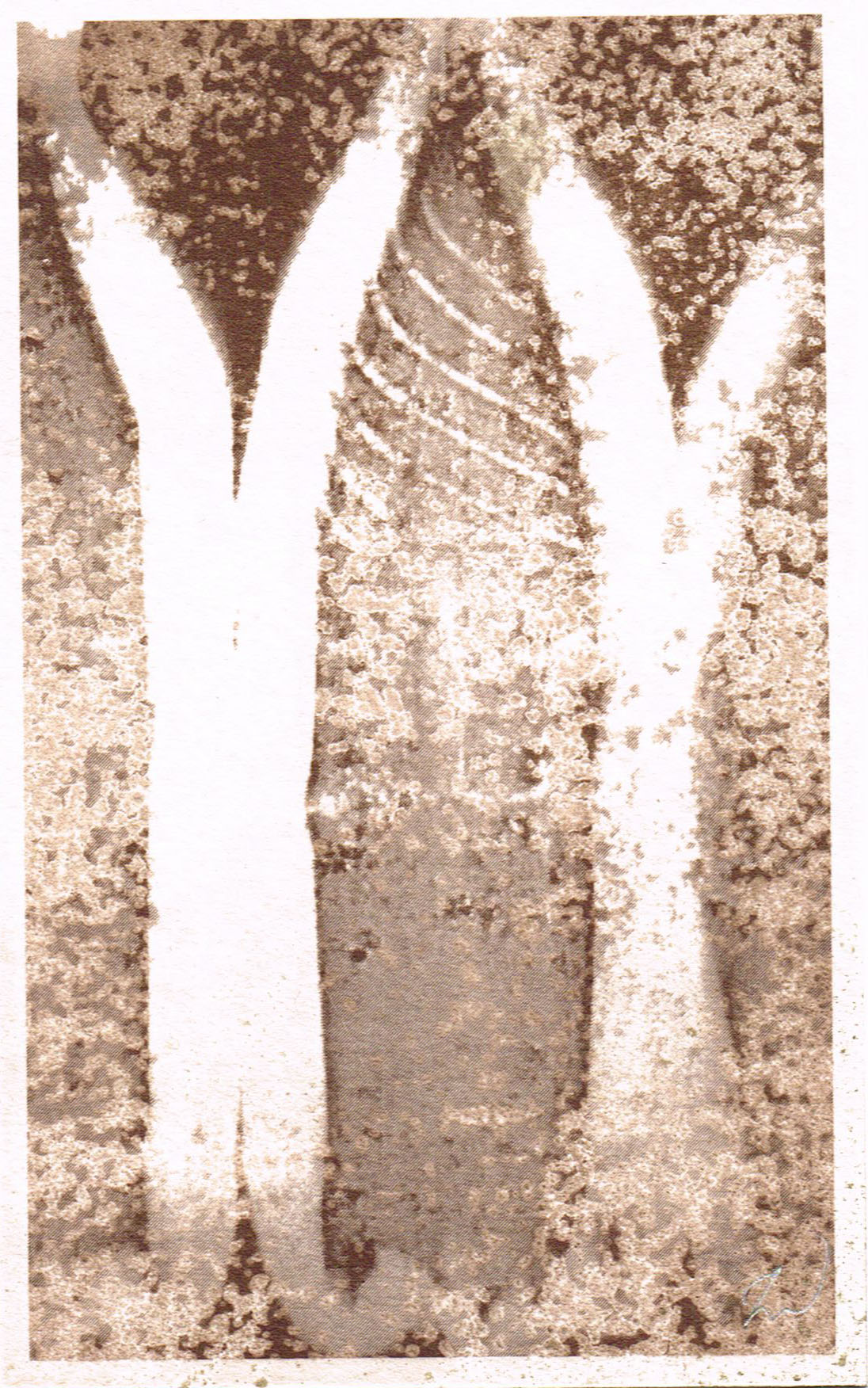
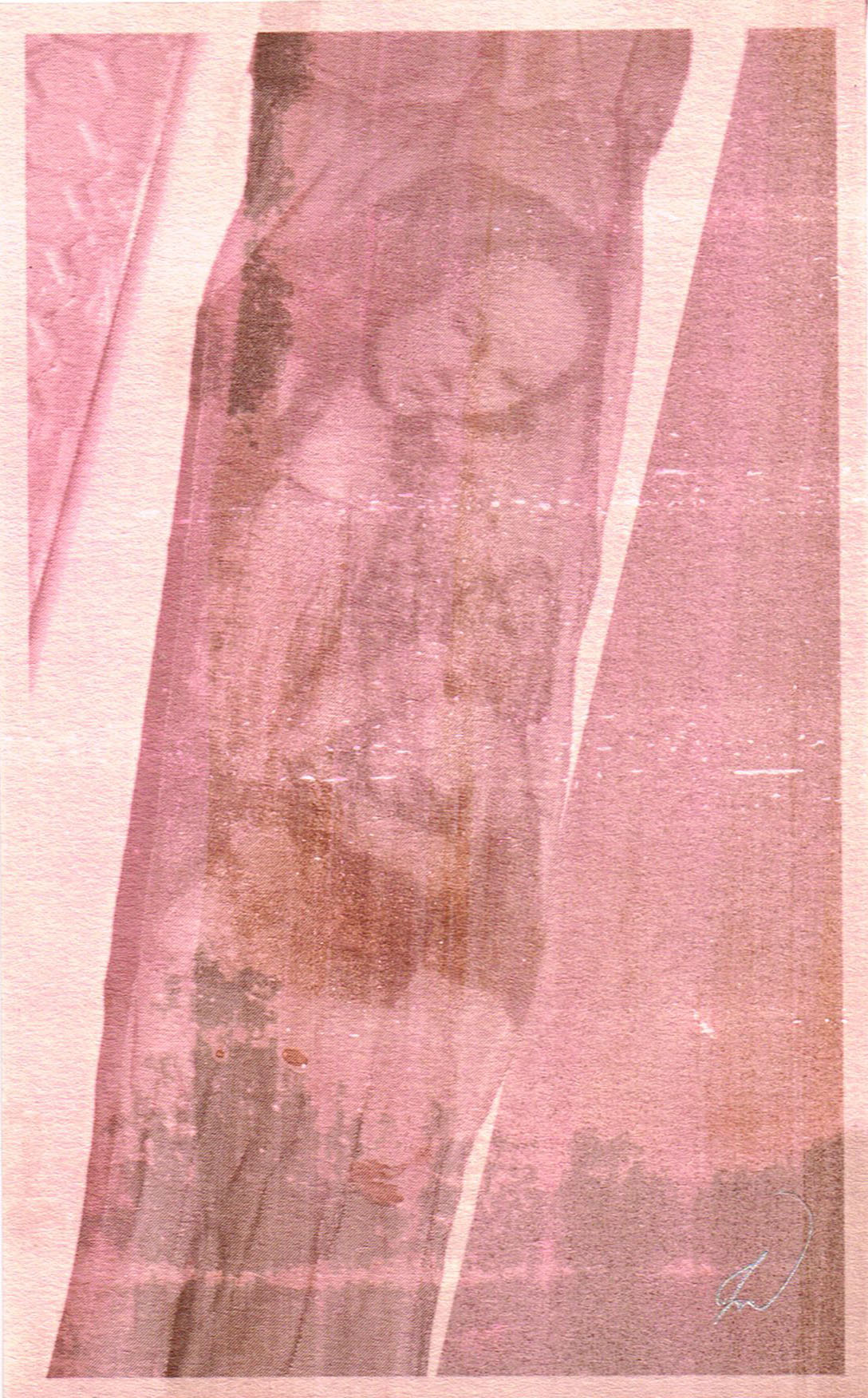
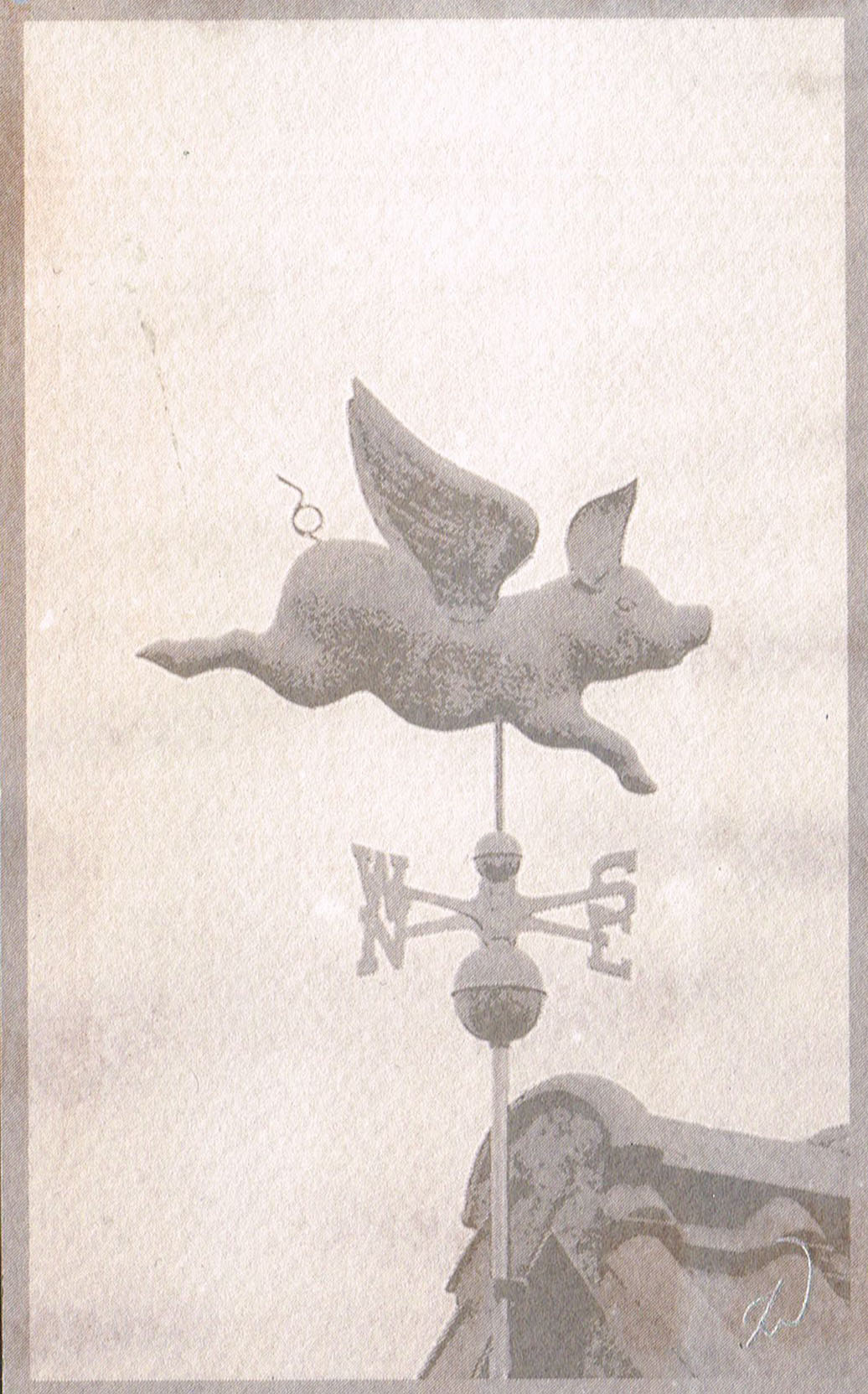
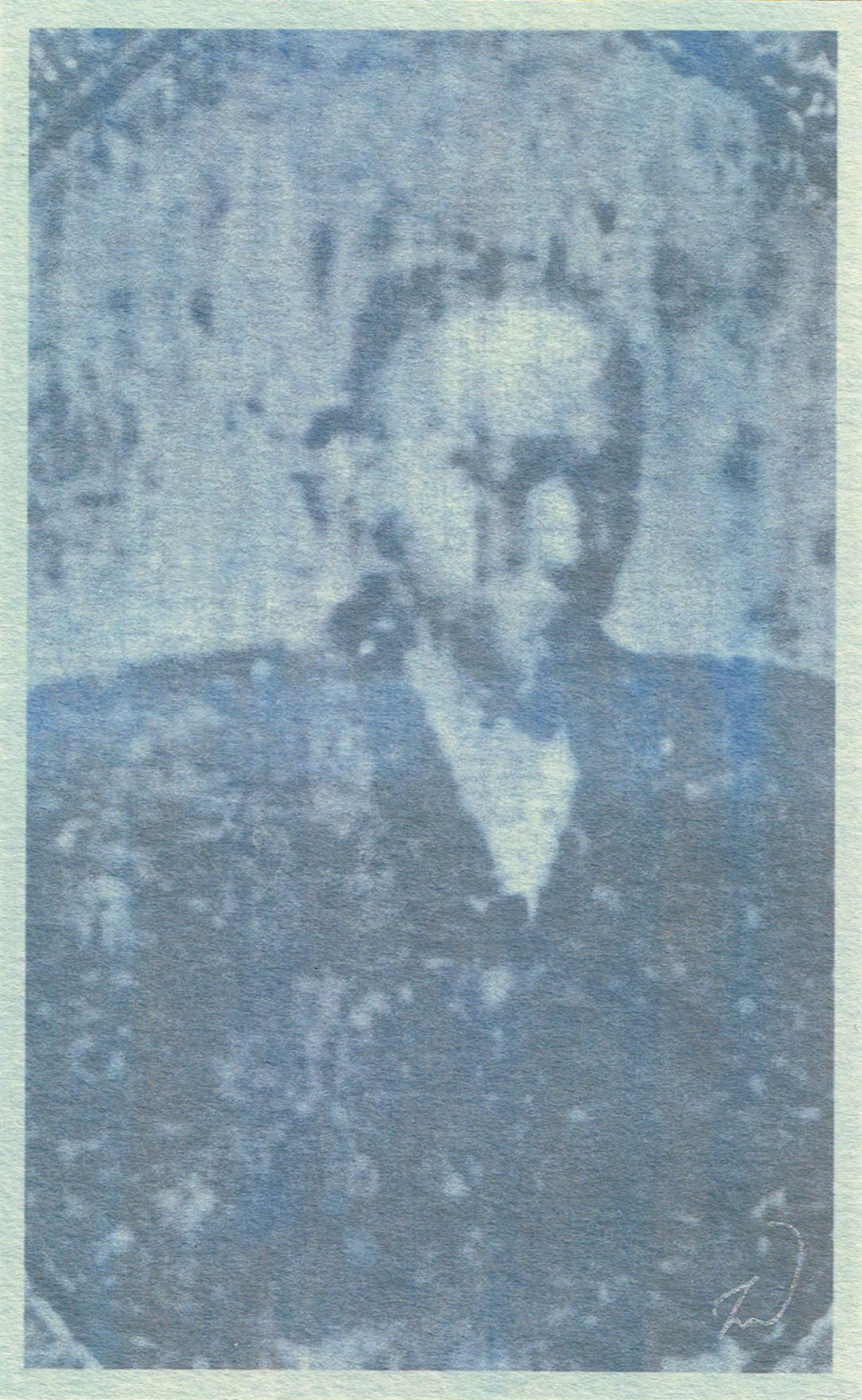
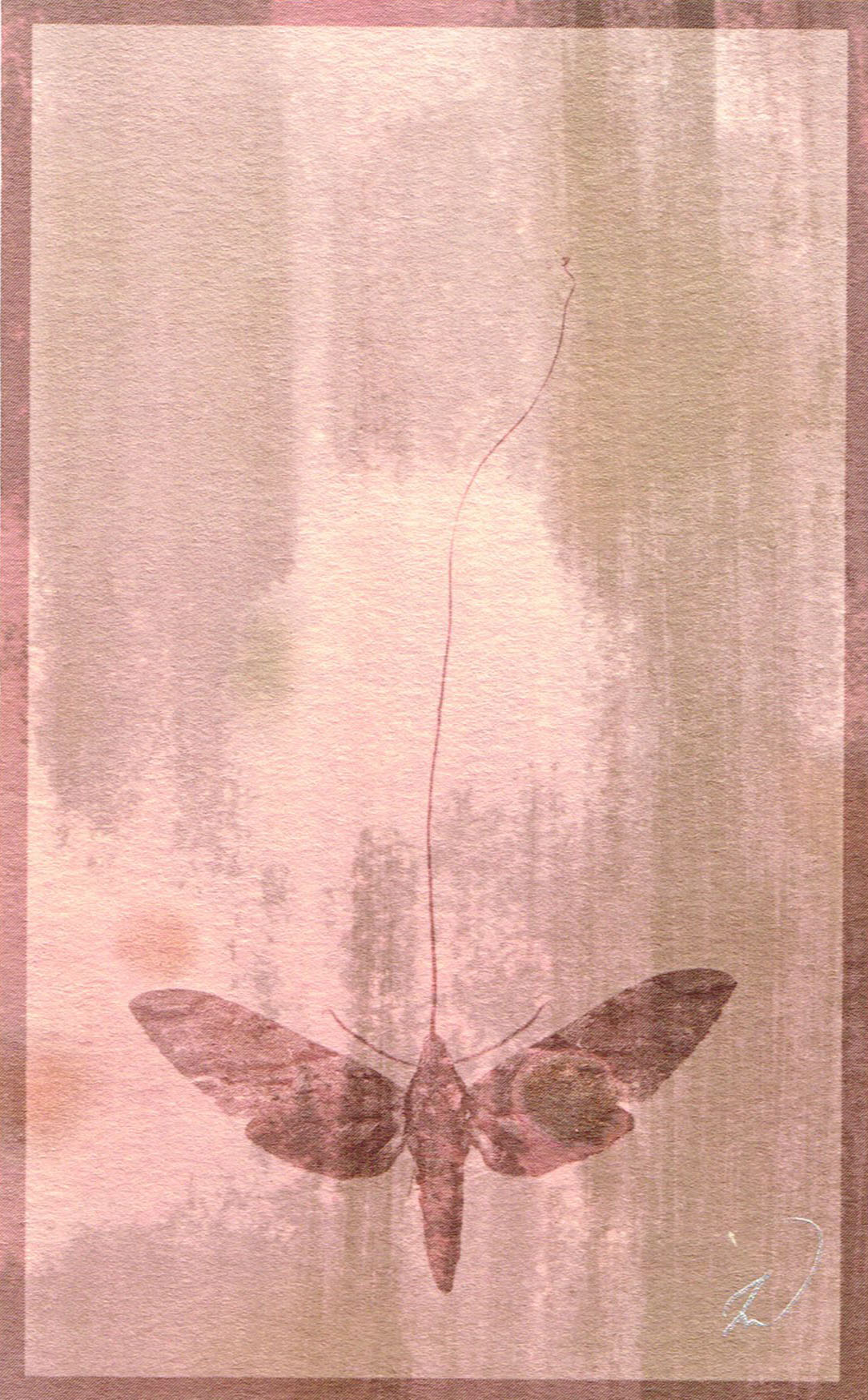
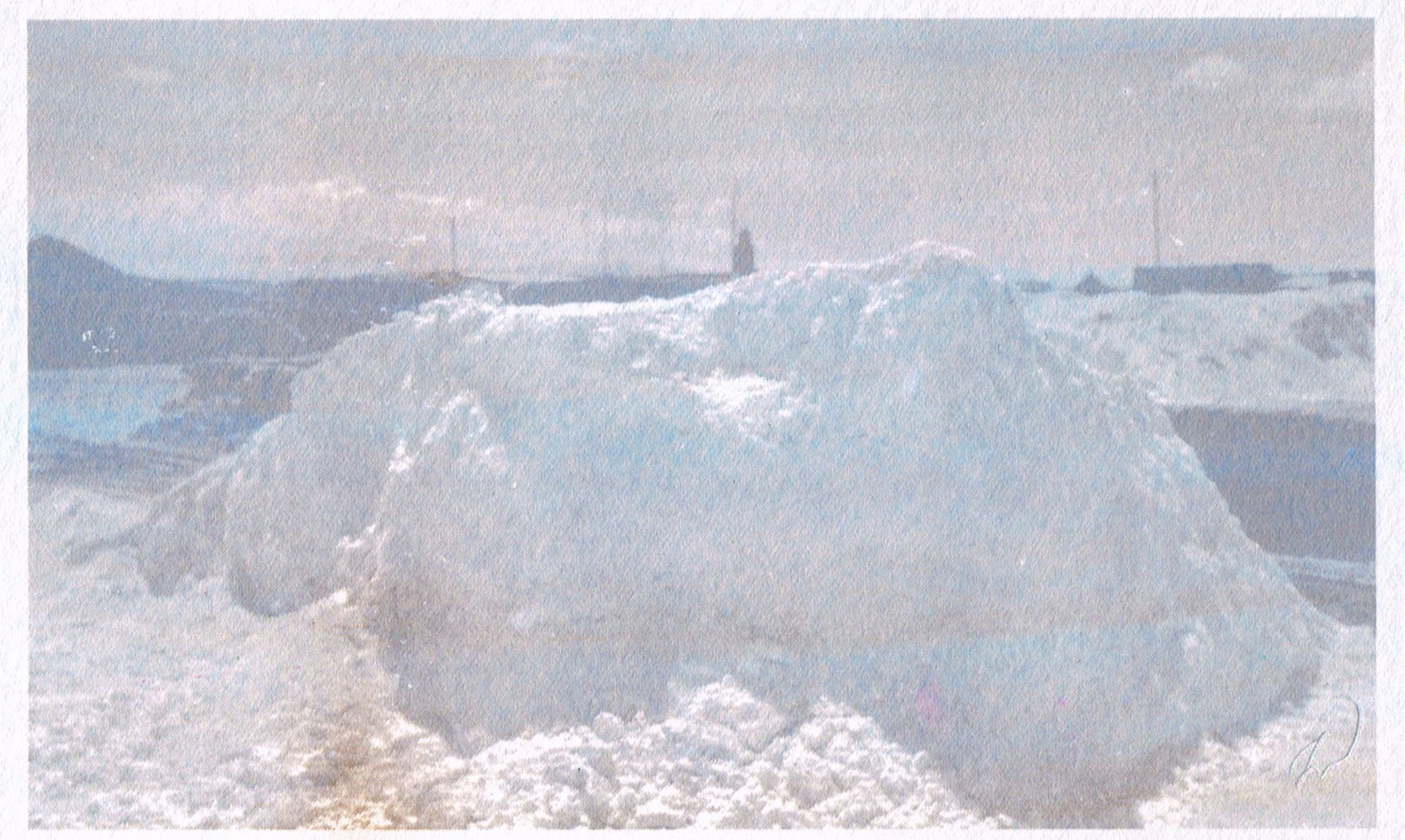
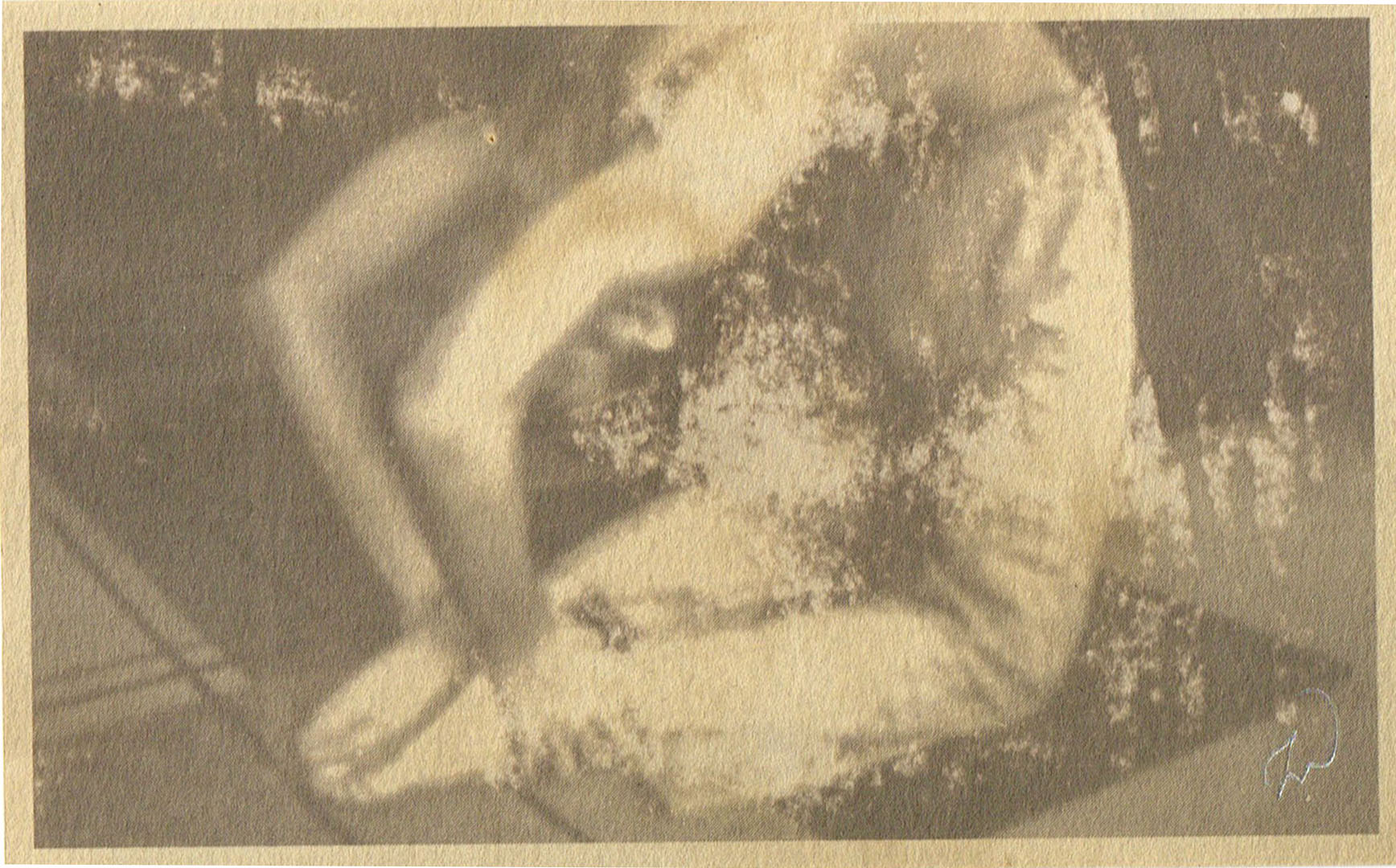
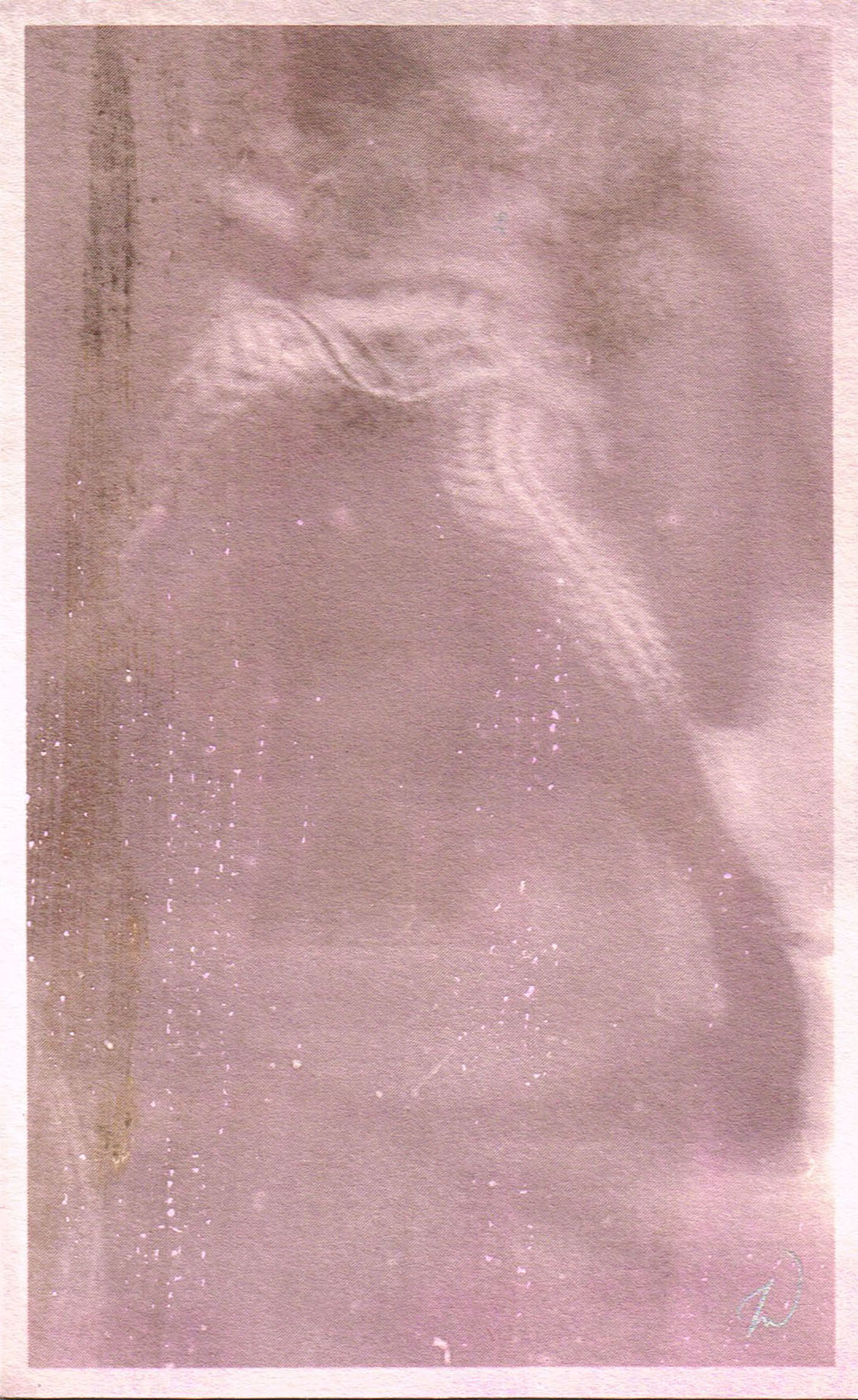
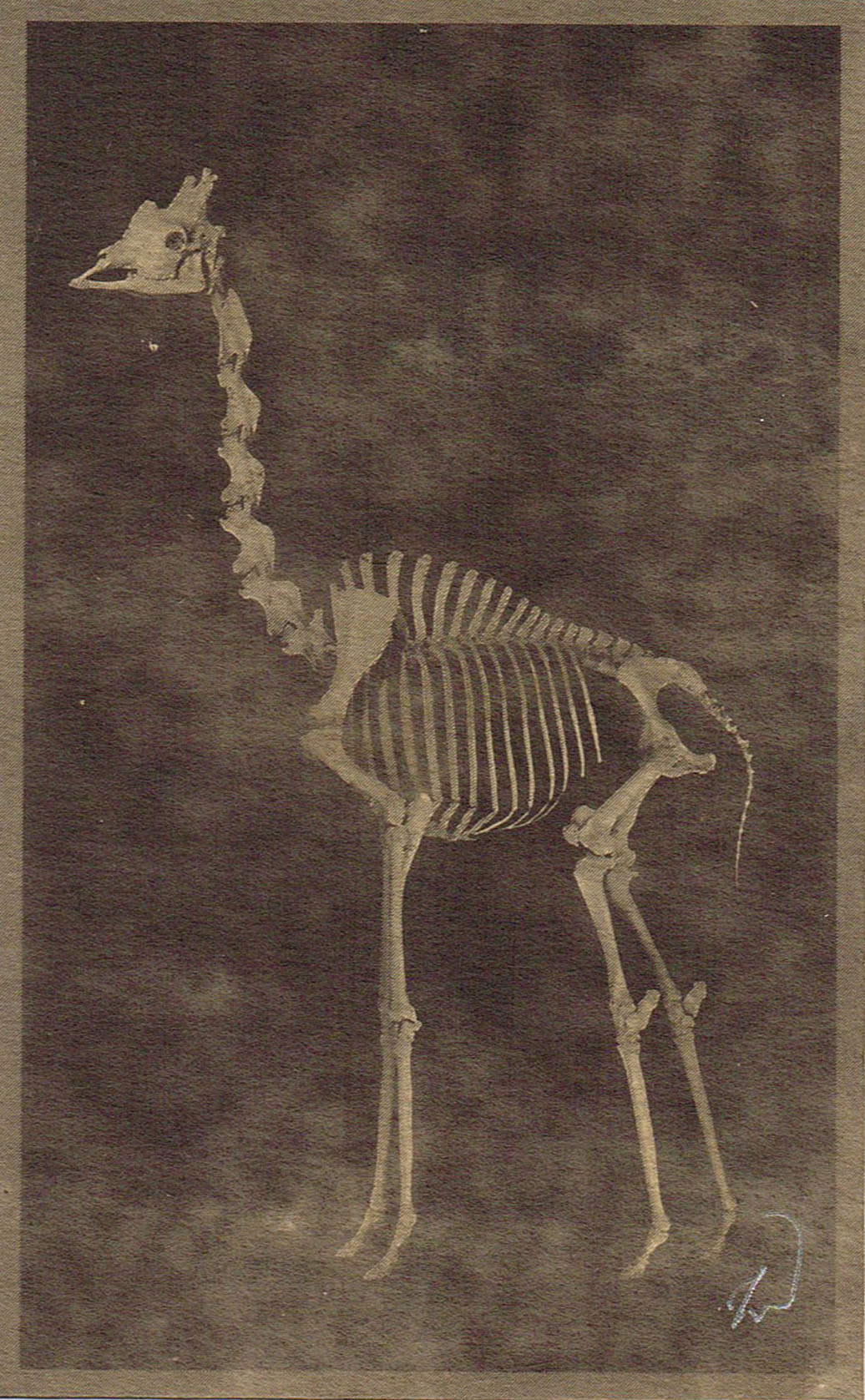
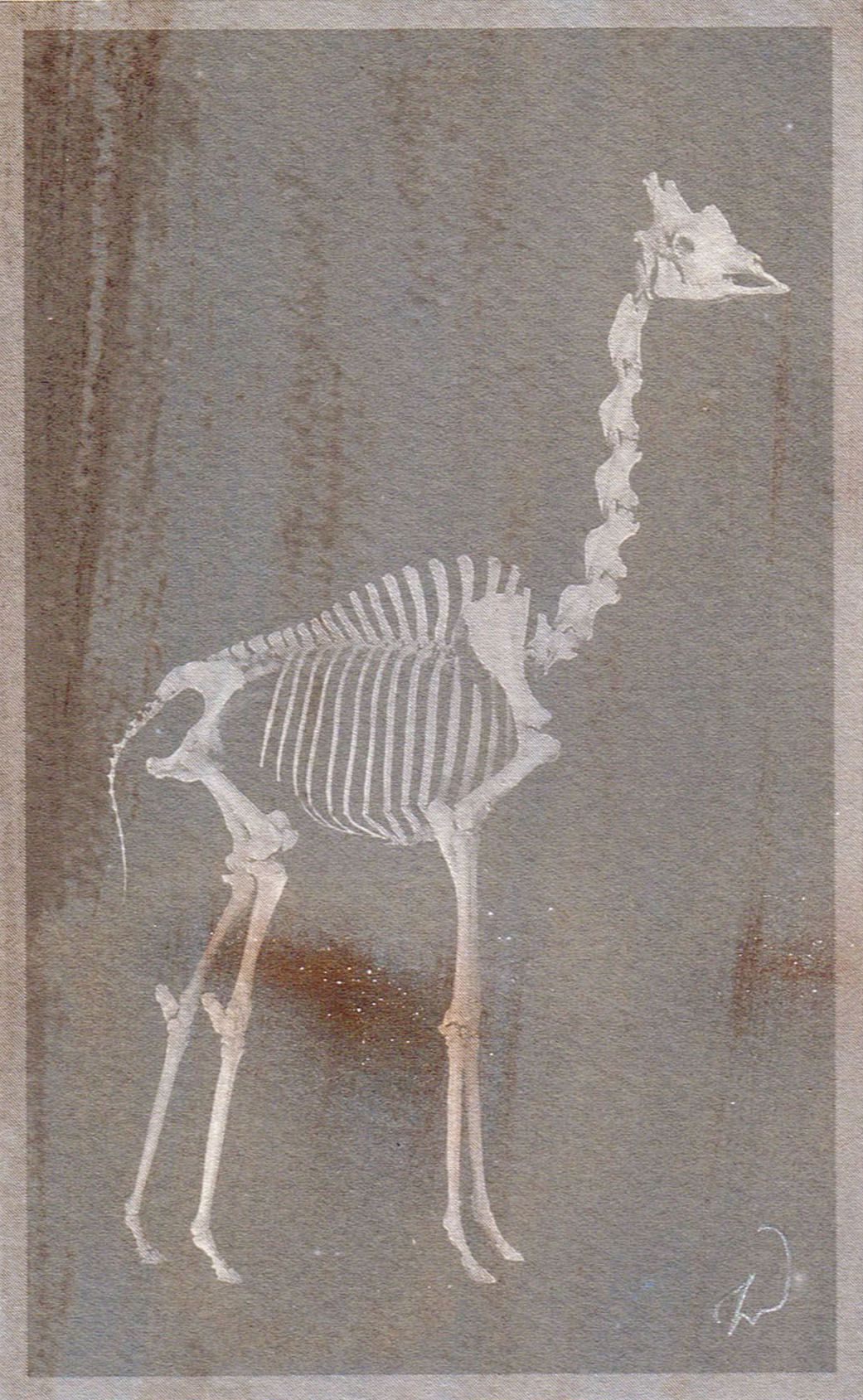
WIthin the Month of Phtography 2012, organized by the “House of Photography” (MEP), the RTR Gallery presents the personal exhibition of Toligniew Krsnamacar entitled "Edward Brought Home A Good Ford Car." Toligniew .
"Edward Brought Home A Good Ford Car" is an exhibition based on the principle of structural mimesis. EBHAGFC the first letters of the title "Edward Brought Home A Good Ford Car" are mnemonics for "rahu kalam" which, in Indian astrology, is a calculation system of unsuitable segments for any activity in the day. This matrix influences the everyday behavior of the Indians. The grid of structures encompasses our whole lives.
Toligniew Krsnamacar has created that series precisely as a reminder against the diktats of the structures around us. According to him, everything in photography is about mimesis, and has been about mimesis since its inception. Each image, in this series, evoques the principle of mimesis and its representation. With these photos, Toligniew Krsnamacar is telling us stories, from History of humanity, History of ideas, Natural History or from his own anecdotic experience.
This set is presented to us as a cabinet of curiosities, where the topics are shown as specimens, exposure models. Most of the images must be considered as such, and can be studied as subjects of observation. Even the portraits of Emilia, Toligniew’s girlfriend, are also presented according to this principle, like forensic photography. For instance, the representation of Emilia’s ear refers to criminal anthropology research from the late 19th century, based on perceived links between the nature of a crime and the personality or physical appearance of the offender.
The idea at the time was to identify some structural similarities between physical features from various patients so as to explain their commitment to criminal activities.
The giraffe squeleton is also presented as an exotic specimen. The giraffe is remarquable for its unique anatomy. The ancient greek scientists identified this creature as a hybrid between a camel and a leppard which explained its scientific name : camelopardalis.
These images look like archive documents from the past and refer to the beginnings of photography, from the first scientific photographs, to spirit photography in the late 19th century… from folk photography to vernacular photography.
In Toligniew’s self portrait, the artist represented himself as a black man. It refers to similar portraits in the early 20th century called “blackfaces”, In which people used to create stereotyped caricatures of a black person. The practice gained popularity during the 19th century and contributed to the proliferation of stereotypes.
The tradition of representation such as in the portrait, refer to specific ideologies, to habitual thinking in a time period, and deals with the expression, preservation, and change of human ideas over time. The allegorical map of the great Europe as a queen is also representative of a peculiar representation of the world. It comes with the birth of a European consciousness in the modern era. A map that gives an unmistakable pictorial unity in Europe, since all its members are part of the same body. A map that illustrates a sovereign Europ where geography and anthropomorphism are gathered.
It is a fantasized representation of the world that has captured the imagination and indulged in fantasy just like this glamourous portrait of Emilia, as a Hollywood vamp and temptress.
The photograph captures reality, but this reality becomes an illusion. Reality and representation overlap.
From the dancing shadows, to the great Gazpacho, from the mythological monster to the line of life, Toligniew creates a daily chronic where his own memories and impressions are combined with the History of Thoughts.
A protean, complex set, almost incantatory, resulting in a series of 31 small formats whose first and only purpose, is the chronic and the cycle: 31 days, 31 shots built on the basis of a meticulous systemic approach that almost evokes a “mise en abyme”, all the more troubling that it gives birth to small rectangles whose monochrome format is part of the history of photography itself.
The blue portrait is considered in the history of photography as the first mid-nineteen century Japanese daguerreotype, but the picture struck Toligniew’s interest because of its Western “type” despite the differences between the two representational fields. Not only the technique but a whole system and codes are brought back. Thus, the structural mimesis appears at several levels, in toligniew’s photography and in the image itself.
Toligniew Krsnamacar is playing with the origin of these photographs. Are they archive images or pictures that he’s been taking? Are they old images? What type of photography is he referring to? Scientific photography? Documentary photography? The process of revealing these images and the technique deliberately contribute to lead to this confusion. Are they fake or real?
Just like this blured representation of a Madonna, which is supposed to be the materialization of a mediumnic image. Legend has it that mediums used to expell these images from their mouths, just like ectoplasms. Those actions used to illustrate paranormal phenomena. The ectoplasm is a term coined to denote a substance or spiritual energy "exteriorized" by physical mediums. The photographic effects are sometimes said to prove the existence of ectoplasm. We find it in a lot of examples of spirit photography.
With this series, Toligniew Krsnamacar becomes a magician, a forger, or an alchemist, just like the image of the rock structure (an image that has been taken from the internet)) that is a derivative of the atomic structure of gold. Alchemists in their search for transmutating metals, thought that they could make gold out of this structure.
